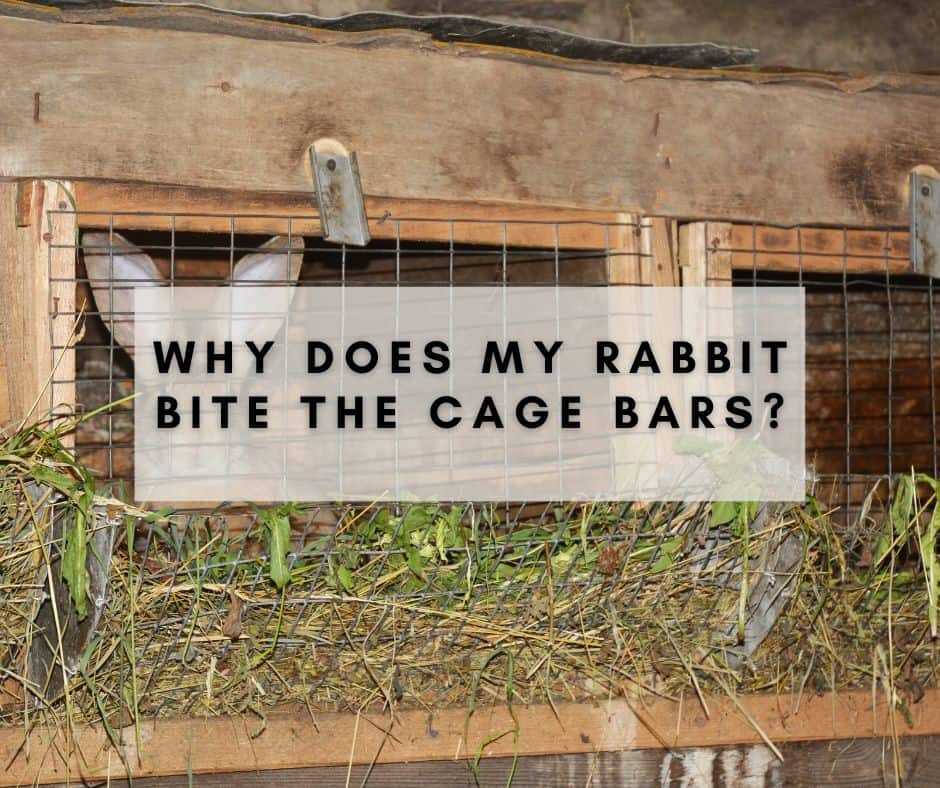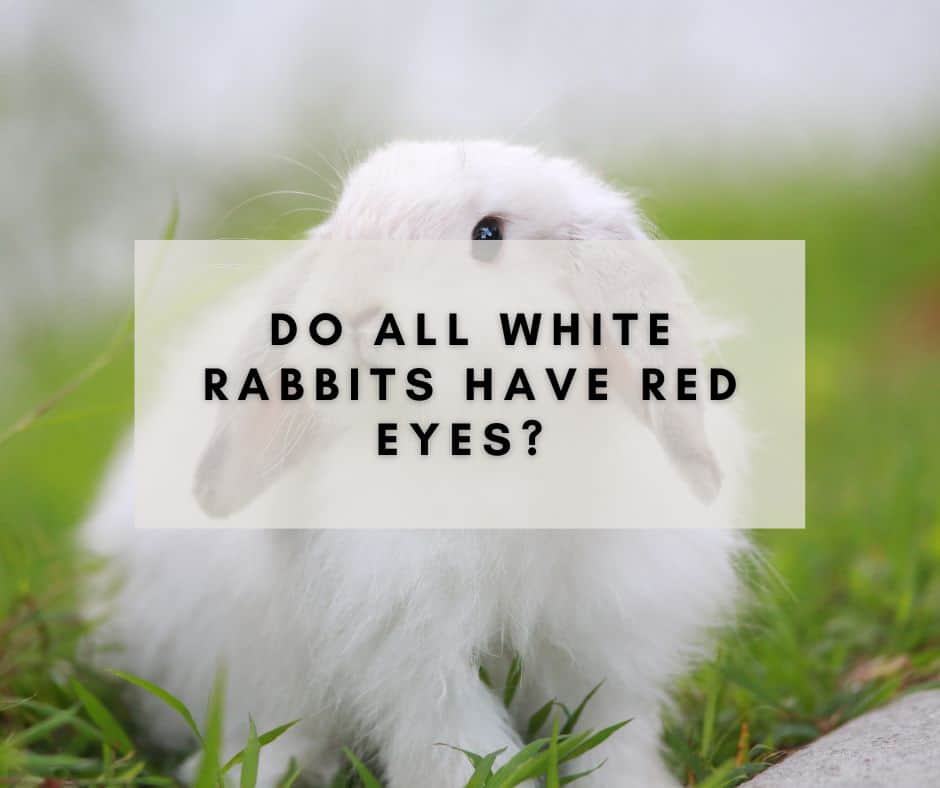Rabbits are a common household pet, known for their soft fur, floppy ears, and cute little tails. But have you ever wondered if rabbits have long tails?
As a matter of fact, the answer is no, rabbits do not typically have long tails. In fact, their tails are quite short compared to other animals. So why is this the case, and what role does the tail play in a rabbit’s life? Let’s explore these questions and more in this informative blog post.
Contents
Why Do Rabbits Have Short Tails?
To understand why rabbits have such short tails, it is important to consider their evolutionary and anatomical makeup. Rabbits are members of the Leporidae family–which includes hares and pikas–that possess strong hind legs for leaping away from predators in a flash. The evolution process has enabled these animals to develop lightweight tails that won’t impede or reduce speed while running and jumping; which helps them maintain stability during movement!
Moreover, rabbits are a popular choice of prey for other animals. To protect themselves from such predators, they have evolved to possess short tails that make them less visible and thus harder to catch. Without this adaptation, their long tail would be too conspicuous and increase the chance of being snatched up by hungry predators in no time!

What Role Does the Rabbit Tail Play?
In spite of its size, a rabbit’s tail does serve an important purpose. It acts as an indicator of their mood and helps them communicate with other rabbits and animals in the area. When a rabbit is feeling threatened or scared, its tail will twitch rapidly to send a warning signal to nearby creatures. Likewise, when a rabbit is content or happy, its tail will be still.
Similarly, the tail of a rabbit can help them maintain their balance and keep upright during movement–especially while hopping around! All of these functions prove that even though rabbits don’t have long tails like other animals, there’s still much more to this small appendage than meets the eye.
The Anatomy of a Rabbit’s Tail
While rabbit tails are short, they still play an important role in a rabbit’s anatomy and behavior. A rabbit’s tail is made up of a few different parts, including:
- Vertebrae: Like all vertebrates, rabbits have a series of small bones called vertebrae that make up their tail.
- Fur: The tail is covered in fur that helps keep the rabbit warm and provides sensory information.
- Muscles: The muscles in a rabbit’s tail help it move and provide balance and support.
Despite being short, a rabbit’s tail is still an important part of its body. Let’s take a closer look at how rabbits use their tails.
How Do Rabbits Use Their Tails?
While rabbits don’t rely on their tails as much as other animals do, they still use them for a few different purposes. Here are some ways that rabbits use their tails:
- Communication: Rabbits use their tails to communicate with other rabbits. A raised tail can indicate excitement or happiness, while a lowered tail can indicate fear or aggression.
- Balance: While running and jumping, a rabbit’s tail helps it maintain balance and control.
- Temperature regulation: Rabbits regulate their body temperature through their ears and their tail. In hot weather, a rabbit’s tail may be held away from its body to help release heat and cool down.
Do Any Rabbit Breeds Have Long Tails?
While the majority of rabbit breeds have short tails, there are a few that boast slightly longer appendages. The Belgian Hare is one such breed; its tail aids in maintaining balance while sprinting at rapid speeds.
Additionally, both the American Sable and Creme d’Argent hares possess relatively lengthy tails compared to other breeds – though still shorter than most other animals.
Overall, rabbits are known for their short tails. This is an evolutionary adaptation that provides them with many advantages – from camouflage to communication – and is essential for a rabbit’s survival in the wild.
Fun Facts About Rabbit Tails
- A rabbit’s tail is called a “scut”.
- A rabbit’s tail is not strong enough to support its body weight.
- Domesticated rabbits have shorter tails than wild rabbits due to selective breeding.
FAQs About Rabbit Tails
Q: Are there any health problems associated with a rabbit’s tail?
A: In general, a rabbit’s tail is a healthy and normal part of its anatomy. However, rabbits can develop injuries or infections in their tails if they are not kept clean or if they are injured.
Q: Can you tell the gender of a rabbit by its tail?
A: No, you cannot determine a rabbit’s gender by its tail. Both male and female rabbits have short, stubby tails. To determine a rabbit’s gender, you will need to look at its genitalia.
Q: Do rabbits wag their tails like dogs?
A: No, rabbits do not wag their tails as dogs do. Instead, they use their tails to communicate different emotions and behaviors.
Q: Why do some rabbits have longer tails than others?
A: Some rabbit breeds have slightly longer tails than others, but even the longest rabbit tails are still relatively short. The length of a rabbit’s tail is determined by its genetics and evolution.
Q: Can you pet a rabbit’s tail?
A: While you can touch a rabbit’s tail, it is important to be gentle and respectful of their body. Rabbits can be easily frightened or stressed, so it is important to approach them slowly and calmly.
Conclusion
In conclusion, rabbits do not have long tails. Their short tails are an important part of their anatomy and evolution, helping them maintain balance, communicate with other rabbits, and regulate their body temperature.
While some rabbit breeds have slightly longer tails than others, even the longest rabbit tails are still relatively short compared to other animals. Whether you are a rabbit owner or simply curious about these adorable creatures, understanding their anatomy and behavior is key to providing them with a happy and healthy life.




